Java Plum (Syzygium cumini), also known as Jamun in many parts of India, is a tropical fruit that belongs to the Myrtaceae family. Here’s a detailed description of Java plums:
- Physical Appearance:
- Size: Java plums are typically small to medium-sized fruits, similar in size to grapes or slightly larger.
- Shape: They are usually oval or round, resembling small berries.
- Color: The skin of the fruit ranges from dark purple to almost black when ripe, and it has a glossy appearance.
- Texture: The skin is thin and slightly firm, while the flesh inside is juicy and can vary in color from light pink to deep purple.
- Flavor and Taste:
- Java plums have a unique taste that is a combination of sweet and slightly tart or tangy flavors.
- The fruit is known for its astringent taste, especially when it’s not fully ripe, but it becomes sweeter as it ripens.
- Nutritional Profile:
- Java plums are relatively low in calories and fat.
- They are a good source of dietary fiber, vitamins (particularly vitamin C), and minerals like potassium and iron.
- The fruit is also rich in antioxidants, which contribute to its potential health benefits.
- Seed:
- Inside the fruit, there is a single, large, oblong seed, which is usually discarded when eating the flesh.
- Medicinal and Health Benefits:
- Java plums have been used in traditional medicine for their potential health benefits. They are believed to have anti-diabetic properties and may help regulate blood sugar levels.
- The fruit is also known for its antioxidant properties, which can contribute to overall health.
- Culinary Uses:
- Java plums are commonly consumed fresh as a fruit. They are often eaten out of hand or used in salads.
- They are used to make jams, jellies, preserves, and fruit juices.
- In some regions, the fruit is used in culinary dishes, desserts, and beverages.
- Seasonality:
- Java plums are typically in season during the summer months, although the exact timing may vary depending on the region and climate.
Overall, Java plums are a flavorful and nutritious tropical fruit with a distinct taste, and they are valued both for their culinary uses and potential health benefits.


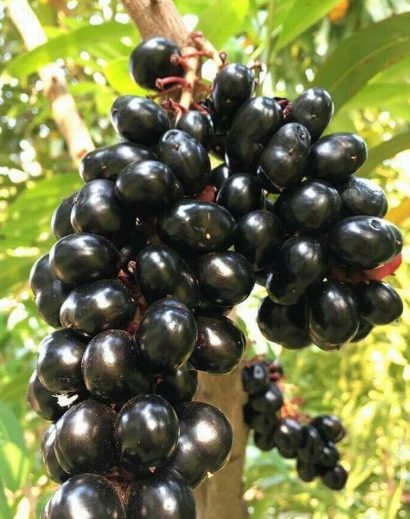
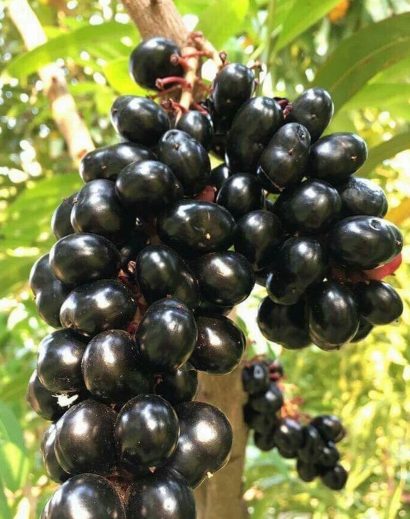
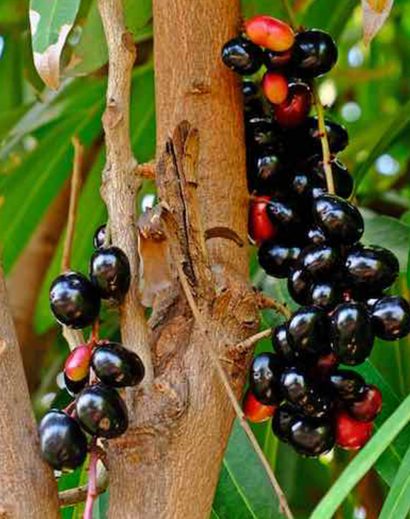
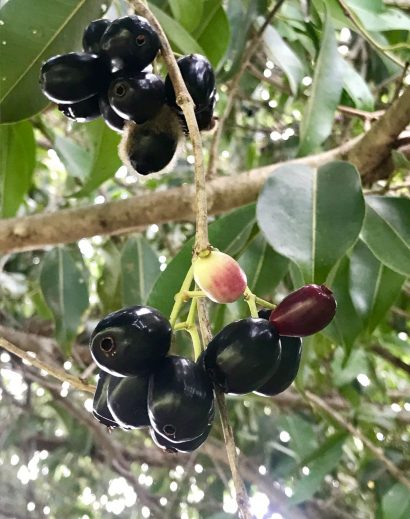
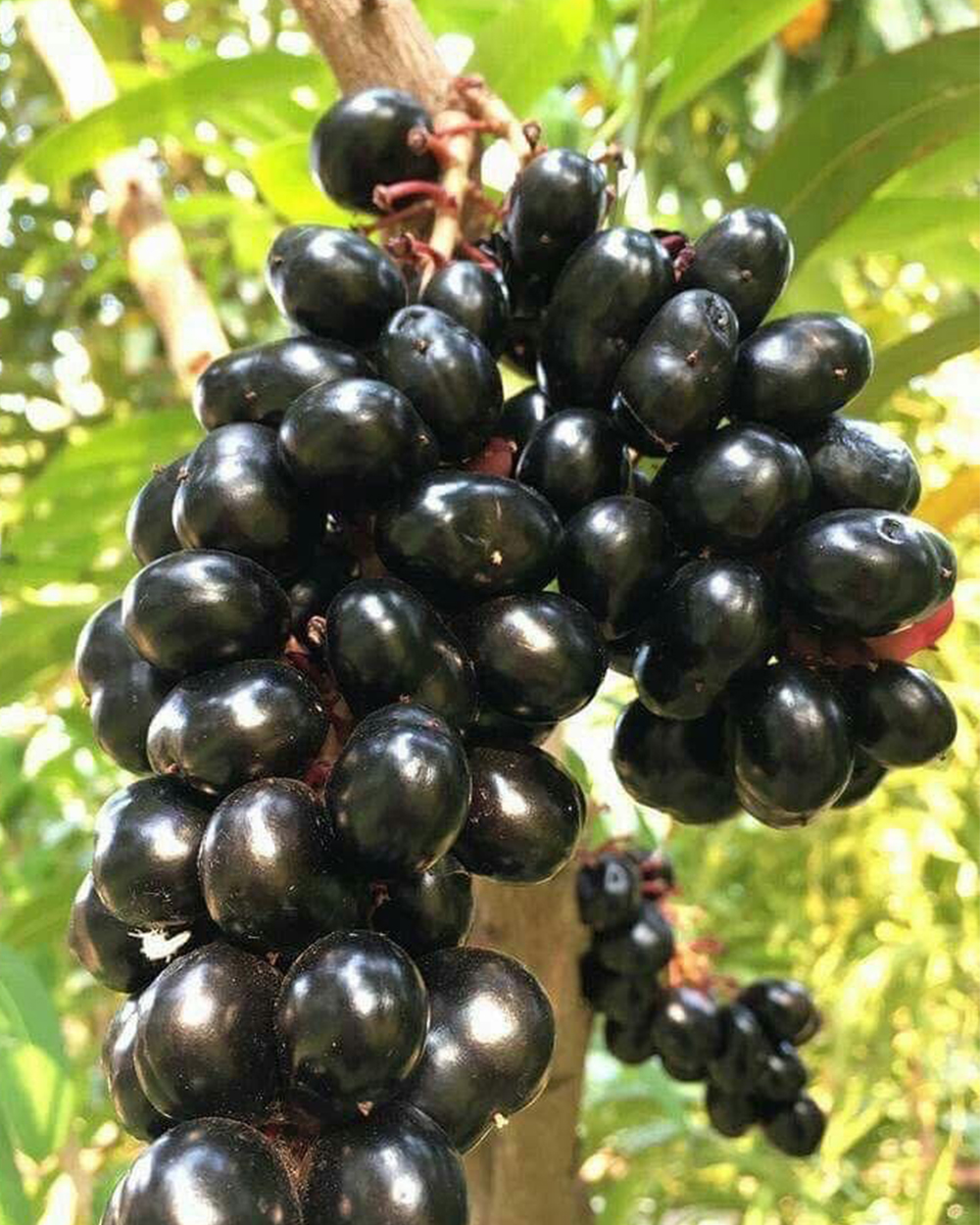
Reviews
There are no reviews yet.